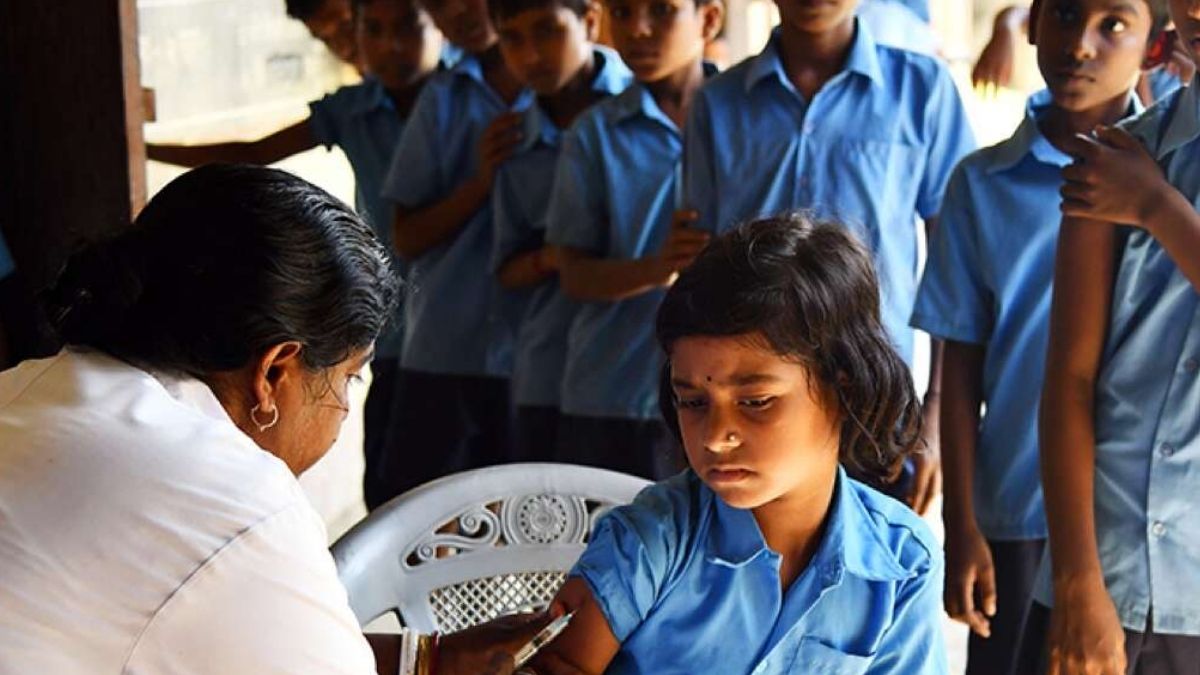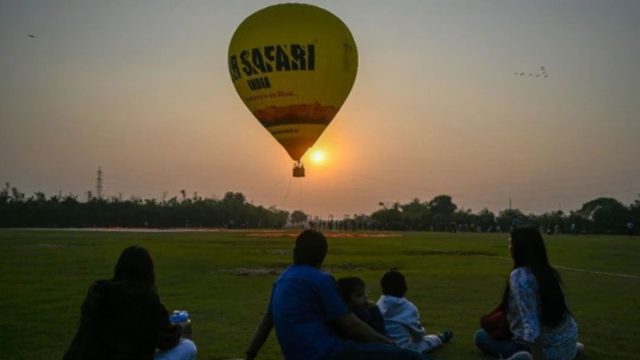According to The Indian Express, the government plan to execute COVID-19 vaccination in children set forth a target to vaccinate 80 per cent among the 130 million people falling in the age group of 12-18 years. As a result, the government would be required to procure almost 210 million doses of a two dose vaccine.
In the European Union, Pfizer mRNA had been tested and approved for the use of adolescents falling in the age group around 12-15 years. According to senior officials, it is anticipated that they might utilize India’s indigenous capacity to manufacture Covaxin, that is yet being tested on the children. The official explained the major reason behind the use of Covaxin is that Pfizer, BioNTech vaccine might fall short even if it used completely on children.
According to officials who are deployed in country’s vaccination efforts revealed that there is an uncertainty about the arrival of Pfizer vaccine in India. It is informed that Bharat Biotech would be able to meet the larger orders. The vaccine manufacturer received allowance to test vaccine on people who are 2-18 years of age. If the outcome is successful, the vaccine would be able to vaccinate a wider population.
Considering the 80 per cent coverage proposal, the government is required to plan for enough vaccines which will vaccinate around 104 million children effectively. To execute this plan, there must be almost 208 million doses of a two dose vaccine and much higher when concerned to three doses vaccine.
The official further stated, “Right now we are still negotiating (with Pfizer). there is nothing that’s certain at this point.” He further stated that it also depends on the arrival of the vaccines and what are their imperatives at that time.
The official informed that the country is receiving around 5 crore doses from Pfizer which is much lesser when compared to the number of children in the 12-18 years age group. Furthermore, he emphasized that if the country vaccinate those who are in between 12-18 years of age, a strategy must be prepared to cover almost 80 per cent of them. He expressed that if Covaxin qualifies it would be much better to utilize on the grounds of its availability.
Earlier on June 4, NITI Aayog member (Health) Dr. Vinod k Paul asserted that India have around 130 million of the children in the above age group. According to Paul, Vaccines like Zydus Cadlia’s ZyCov-D can supply a part of vaccine needed to immunize the children.
In the briefing Paul mentioned that the Centre propose to have sufficient data on whether ZyCov-D can be implemented on the children when the Ahmedabad company will seek licensure for it. He expressed that hopefully Zydus will approach the Indian regulator with its application in the following week.
As far the government estimates are concerned, the Centre is looking forward to increase the supply of Covaxin to 75 million doses per month by July. It is expected that the availability of the vaccine will increase further to 122 million doses by the month of October followed to 155 million doses by December. The availability of ZyCov-D is considered to be much lower at 10 million doses a month commencing from September. It is anticipated that its supply will increase to 13 million doses a month by November.
The Centre is expecting a supply of around 626 million doses of Covaxin between the month of July and December with the addition of 47 million doses of ZyCov-D between September to December on the grounds of information.




